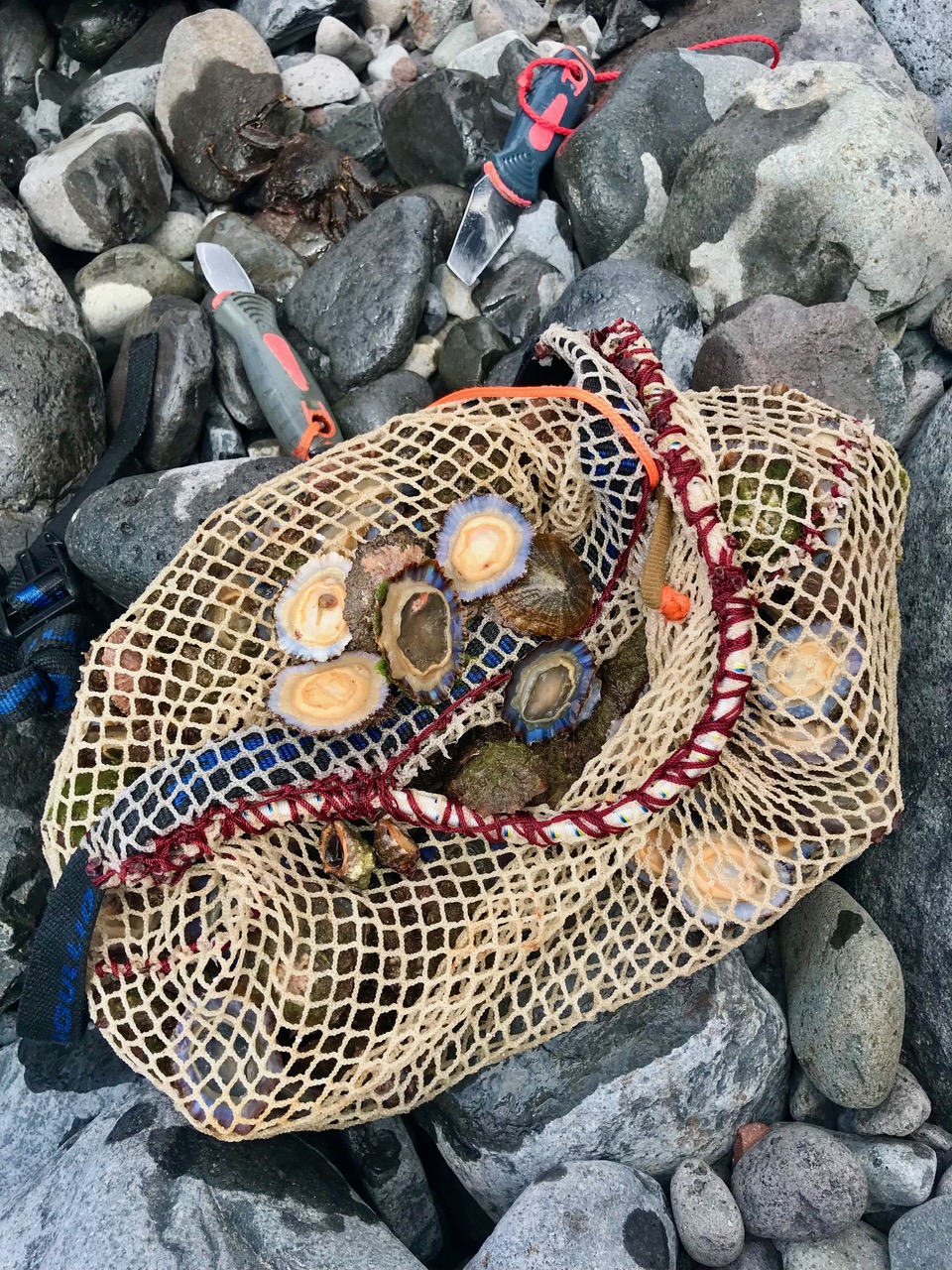Although it has been regulated, shellfishing represents a significant threat to limpets, burgados and other mollusks that inhabit the coastal strip of the Canary archipelago. An outstanding case is that of the Majorero limpet, which is only found in the Canary Islands in certain coastal areas of the island of Fuerteventura and the islet of Lobos.
The LAPACOM project, which has explored the complex life cycles in metacommunities of the two most common edible species in Madeira, Patella aspera (known as the white limpet) and Patella ordinaria (black limpet), culminates. Their aim has been to predict whether these species may face similar fates in the future in ecosystems affected by human activity.
The constant harvesting of limpets in the Canary Islands and Madeira, with indications that individuals are caught during the closed season imposed in each of the archipelagos and the selection of specimens below their minimum catch size, is threatening their survival. This concern is shared by Rodrigo Riera, researcher of the Biodiversity and Conservation group (BIOCON) of the ECOAQUA Institute of the University of Las Palmas de Gran Canaria (ULPGC).
The Ministry of Agriculture, Livestock, Fisheries and Food Sovereignty of the Government of the Canary Islands has implemented a closed season for the protection of limpets, which runs from December 1 to April 30, dates similar to those of Madeira. This measure was established due to the decrease in the populations of some species subject to shellfish activity, including limpets. In addition, an additional measure has been introduced that establishes a minimum catch size for the white limpet (Patella aspera) and the black limpet (Patella crenata) of 45 millimeters in length.
"Poaching is a constant occurrence by the general population. Since prehistoric times, limpets have been a very important food resource, since it is easy to find specimens in the rocky coasts bathed by cold or temperate waters, where limpets are more abundant and a knife is enough to collect them. It is a widespread practice by the population at a private level, and some of these shellfish gatherers do not consider whether the individual harvested has the minimum size, even some restaurants serve small limpets to the consumer and, sometimes, they are offered out of season", emphasizes the researcher.
LAPACOM Project
Riera has been co-principal investigator in the LAPACOM project for the last two years, in a study dedicated to this species that has been led by Dr. Joana Vasconcelos, also linked to the ECOAQUA institute of the ULPGC.
LAPACOM's field work has focused on Madeira, exploring the complex life cycles in metacommunities of the two most common edible species in the archipelago: Patella aspera (white limpet) and Patella ordinaria (black limpet). Its objective has been to predict future scenarios in ecosystems affected by human activity and to understand the risk faced by these herbivores, which feed on algae by grazing on rocks.
The concern of the ULPGC lies in the possible risk that the species studied in Madeira may face a threat similar to the one suffered by the most vulnerable limpet of the Canary Islands, the majorera limpet (Patella candei). This species, which reaches the largest size among those found in the archipelago, is included in the national catalog of endangered species in danger of extinction.
With funding of nearly 50,000 euros, this research was made possible thanks to Portuguese national funds granted by the Fundação para a Ciência e a Tecnologia (FCT). It was carried out from December 2021 to early 2024 with the participation of six researchers.
Along with Joana Vasconcelos, principal investigator of the project, and Rodrigo Riera, as co-principal investigator, representing the ULPGC, other leading researchers have participated such as Dr. Ali Vahdati, from the University of Zurich, and Dr. Carlos Melián from EAWAG Aquatic Research. Students João Ferro and Eros Geppi from the University of Madeira and the ULPGC also collaborated. The study was also supported by the Institute of Interdisciplinary Physics and Complex Systems (IFISC, UIB-CSIC), with the contribution of Dr. Víctor M. Eguíluz, and by the Regional Directorate of the Sea of the Government of Madeira, represented by Dr. Ricardo Sousa.


